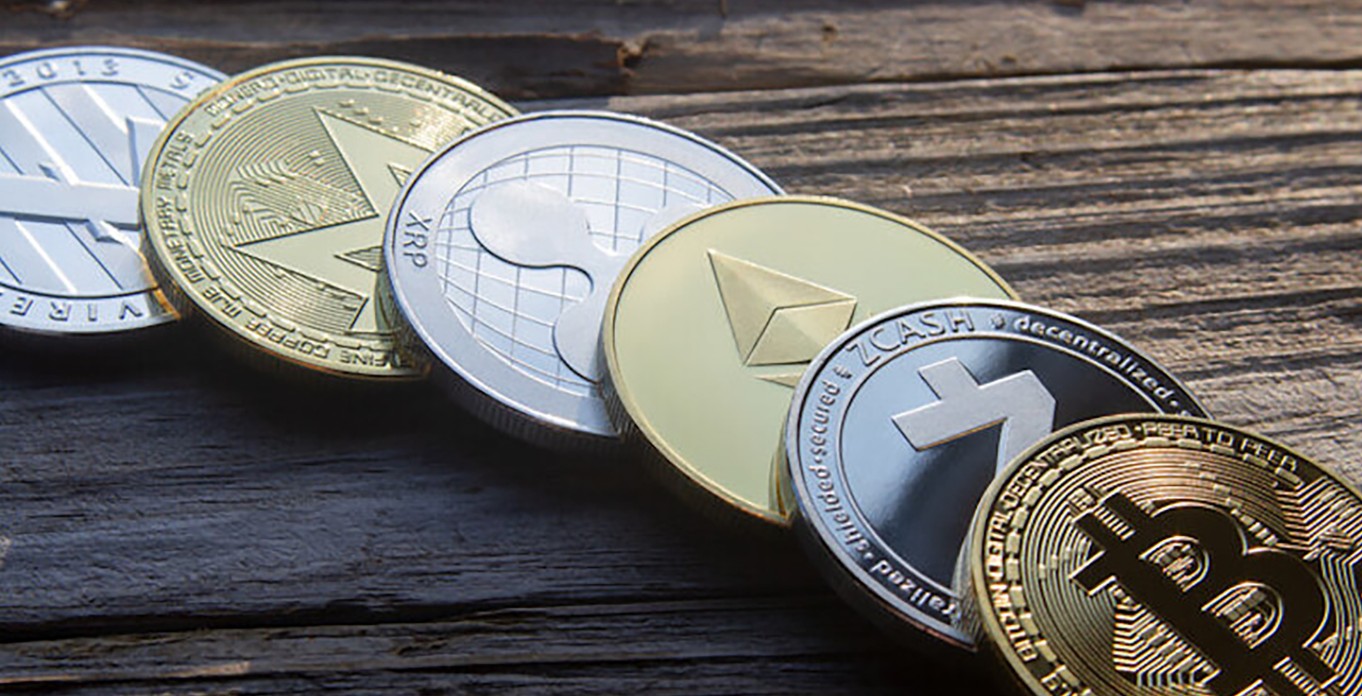So, you have heard about crypto everywhere, your friends are talking about it, social media is full of it, and maybe your curiosity has finally won. You are ready to invest, but you have one big problem.
Where do you even begin?
Don’t worry, you are not alone. Starting your crypto investment journey can feel overwhelming at first. There are strange terms, lots of coins, and plenty of noise online. But the truth is, once you break it down, crypto investing is not as complicated as it seems.

This guide is designed for people who are brand new to crypto. No advanced tech stuff, no pressure. Just a simple walk through everything you need to know to get started with crypto investment in 2025. Let’s get started.
1. What Is Crypto, Really?
Cryptocurrency is digital money. But unlike regular money, it is not issued by a bank or government. Instead, it runs on technology called blockchain, which is like a public ledger that records all transactions.
The most popular cryptocurrencies include:
- Bitcoin (BTC) – The original and still the most widely used
- Ethereum (ETH) – A platform that allows apps, games, and smart contracts
- Solana (SOL), Avalanche (AVAX), Cardano (ADA) – Fast and scalable alternatives to Ethereum
- Stablecoins (USDC, USDT) – Digital coins that stay equal to the US dollar
Crypto is not just about buying and selling anymore. It is about owning your money, investing in new tech, and even earning passive income.
2. Why Do People Invest in Crypto?
People invest in crypto for different reasons. Some want to grow their savings. Others want to escape the traditional banking system. And some are just curious and want to be part of something new.
Here are a few common reasons:
- High growth potential – Some coins have made huge returns in the past
- Diversification – Crypto offers an alternative to stocks and real estate
- 24/7 access – You can trade and manage your portfolio anytime
- Global use – Crypto is borderless and can be used anywhere
- Ownership and control – You are in charge of your funds, not a bank
Of course, crypto is not risk free. Prices can change quickly, and the market can be unpredictable. But with the right approach, it can be a smart part of your overall financial plan.
3. Set a Goal Before You Invest
This is a step many beginners skip and later regret.
Ask yourself: Why are you investing in crypto? Is it to grow your savings slowly over time? Try something new? Or are you hoping for quick gains?
Once you know your goal, it is easier to pick the right coins and strategy. For example:
- Long term growth? Focus on top coins like Bitcoin or Ethereum
- Passive income? Look into staking or interest earning platforms
- Learning by doing? Start small and experiment with different coins
Whatever your reason, write it down. It will help you stay focused during market ups and downs.
4. Choose a Safe and Easy Crypto Exchange
You need a place to buy, sell, and hold your crypto. That is where exchanges come in. These are websites or apps where you create an account, deposit money, and trade crypto. For beginners, the best exchanges are simple to use and have strong security.
Top beginner friendly exchanges in 2025:
- Coinbase – Very easy to use, great for first timers
- Binance – More advanced options, but still beginner friendly
- Kraken – High on security and trusted by many investors
- Bybit or OKX – Good global options with a wide selection of coins
What to check before picking one:
- Is it available in your country?
- Can you deposit using your local currency or card?
- Are the fees reasonable?
- Do they offer educational tools or customer support?
Once you sign up, make sure to verify your identity and secure your account with two factor authentication.
5. Start Small and Buy Your First Crypto
You do not need to invest thousands of dollars to get started. In fact, you can begin with as little as ten or twenty dollars.
Most people start with:
- Bitcoin (BTC) – Reliable, steady, and widely accepted
- Ethereum (ETH) – A bit more technical but full of potential
- Solana (SOL) or Avalanche (AVAX) – Fast, lower fees, and gaining popularity
- USDC or USDT – Stablecoins used for earning interest or saving without volatility
Tip: You do not have to buy a full coin. You can buy a fraction. For example, you can own 0.01 BTC or 0.5 ETH. Buy what you are comfortable with, and never invest more than you can afford to lose.
6. Store Your Crypto Safely
Once you own crypto, you need a place to store it. While exchanges are fine for beginners, storing large amounts on an exchange is not recommended long term due to hacking risks. That is where wallets come in.
Types of crypto wallets:
- Hot wallets – Mobile or desktop apps like Trust Wallet or MetaMask
- Cold wallets – Physical devices like Ledger or Trezor that store your crypto offline
For your first investment, a hot wallet is okay. As you grow, switch to a cold wallet for better security.
Tip: Never share your wallet seed phrase or private keys with anyone. Keep them written down and stored safely.
7. Learn About Passive Income in Crypto
Once you own some coins, you do not just have to let them sit. You can make your crypto work for you.
Easy passive income options:
- Staking – Earn rewards by locking your crypto to support a network
- Crypto interest accounts – Platforms like Nexo or Aave pay interest for holding certain coins
- Cashback apps – Shop with platforms like Lolli or StormX and earn crypto
- Play and earn games – Some blockchain games reward players with tokens
These methods are perfect for beginners who want to grow their holdings over time without trading.
8. Avoid Scams and Stay Safe
Crypto is exciting, but it also attracts scammers. As a beginner, it is important to protect yourself.
Red flags to watch out for:
- Anyone promising guaranteed profits
- Fake giveaway links or messages
- Projects with no clear purpose or anonymous teams
- Platforms asking for your private keys
Always double check websites, never share sensitive info, and stick to trusted apps and platforms. When in doubt, research before you act. If something sounds too good to be true, it probably is.
9. Track Your Portfolio and Stay Organized
As you buy more coins, it helps to track what you own and how each one is doing.
You can use apps like:
- CoinStats
- CoinMarketCap
- CoinGecko
- Delta or Blockfolio
These apps let you track your total balance, monitor the market, and stay on top of trends. Also, keep records of your purchases. In most countries, crypto gains are taxed, so it is smart to stay organized from day one.
10. Keep Learning and Enjoy the Ride
The crypto world moves fast. New projects, coins, and technologies pop up all the time. The more you learn, the better decisions you will make.
Good places to learn:
- Coinbase Learn – Offers short lessons and free crypto rewards
- YouTube channels – Look for creators focused on education, not hype
- Crypto podcasts and newsletters – Great for staying informed on the go
- Online communities – Reddit, Discord, or Telegram groups for discussion
Start with the basics, stay curious, and build your knowledge one day at a time.
Final Thoughts
Getting started with crypto in 2025 is easier than ever, but it still requires care, curiosity, and common sense. You do not need to be a tech wizard or a financial expert to succeed. You just need a plan, a goal, and the willingness to learn. Crypto investing is not just about chasing profits. It is about understanding a new financial system and being part of a growing movement. Take it step by step, and remember, you are early.
 SpecDecoder
SpecDecoder



